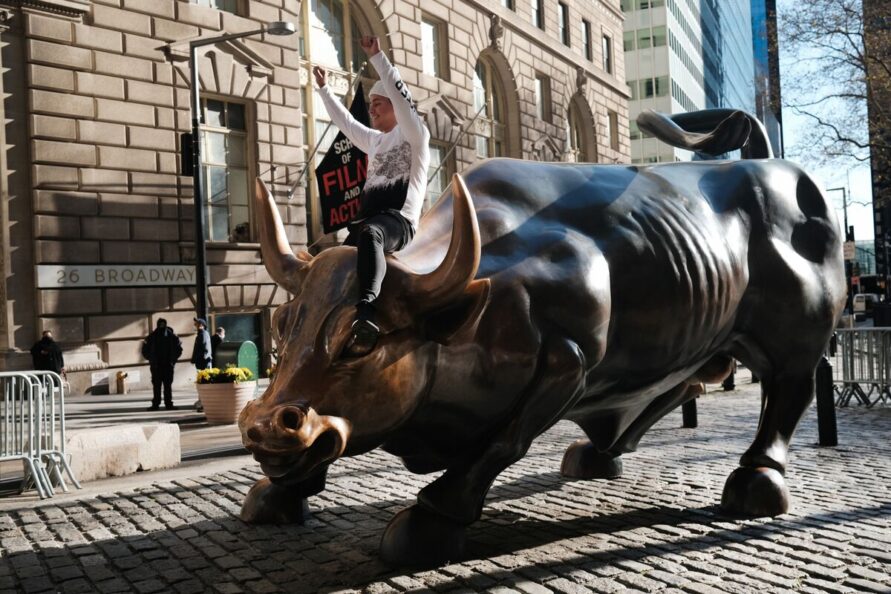Investors Face Dilemma Amid Record-High US Stock Market
As the U.S. stock market approaches record highs, many investors find themselves grappling with conflicting emotions about whether to enter the market or cash out. With the S&P 500 Index experiencing its best performance in over two decades, fears of a market downturn are prevalent, leading to cautious strategies among investors.
Market Context and Current Trends
The S&P 500 Index has recently registered an impressive run, marking its best two-year period since the 1990s. This resurgence is adding to concerns about market valuation. Currently, the index trades at approximately 25 times forward earnings, a valuation metric reminiscent of peaks seen just prior to major downturns such as the dot-com crash in 2000 and the tech market collapse in 2022. This high valuation suggests that the market is indeed "frothy," as critics often describe it.
The concentration of wealth within the index has further intensified these concerns. Notably, the largest seven companies in the S&P 500, comprising tech giants and other major players, collectively represent over a third of the index’s total market value. These companies exhibit an even steeper median price-to-earnings (P/E) ratio of 31, underscoring the significant premium investors are willing to pay for their expected future growth.
Investor Sentiment and Strategic Considerations
Faced with these circumstances, many potential investors are cautious about committing new capital to a seemingly overheated market. Nevertheless, financial institutions, which routinely issue forecasts and market predictions, typically lean towards a more optimistic viewpoint. The consensus among many analysts suggests that the market could continue to move higher despite its current levels of valuation.
For those with capital to invest, there remains a fundamental dilemma: should they take the plunge into equities, or should they hold off in anticipation of a potential correction? Concerns about immediate risks are real, yet the historical context provided by economic trends and past performance indicates that financial markets can remain buoyant for longer than many expect, even amid periods of uncertainty.
Controversies and Disputed Claims
While a prevailing narrative might encourage continued investment, it is essential to recognize that not all analysts agree. Skeptics point to mounting economic pressures, including inflation and interest rate hikes, which could dampen growth prospects. Discussions about potential market corrections are commonplace, as echoes of past financial crises linger in the minds of investors.
Critics also highlight the risks of over-reliance on a handful of market players, advocating for a more diversified approach. As the market functions on principles of supply and demand, there’s an ongoing debate about whether current valuations are sustainable or representative of an unrealistic market euphoria—one that could set the stage for a sharp decline should investor confidence wane.
Conclusion: The Path Forward for Investors
As investors navigate this challenging landscape, the ultimate choice hinges on individual risk tolerance and investment strategy. While there is potential for further gains, the historical precedents remind us that pursuing opportunities in a high-stakes environment demands careful consideration and foresight.
The implications of these market dynamics are significant, not just for individual investors but for the broader economy. A continued rally could spur economic growth, while a sudden correction could introduce volatility that affects many sectors. In essence, the current market conditions compel investors to strike a balance between seizing opportunities and guarding against potential downturns, a task that will require both prudence and strategy in the months to come.









